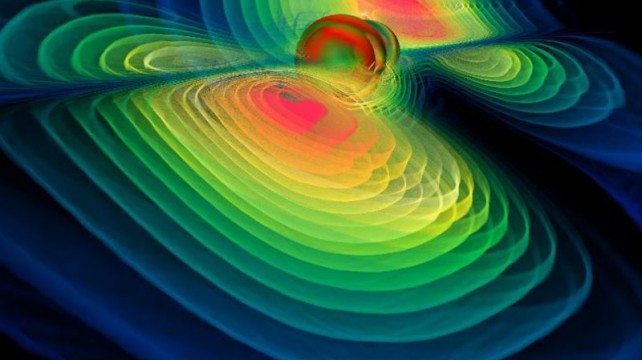
9th September 2016
13:00-14:00
Webb Lecture Theatre, Geography and Geology, UWA, 35 Stirling Highway Perth WA 6000



13:00-14:00
Webb Lecture Theatre, Geography and Geology, UWA, 35 Stirling Highway Perth WA 6000
Astronomy is one of most inspiring sciences: the astonishing sky and its mysteries have been in the collective imagination since humans appeared on the surface of this planet. It brings many questions and wonders to many people, and a handful of them, like myself, decide to spend their lives studying our Universe with the ultimate goal of better understanding our position in it, how we ended up here and how it all came to be.
Our current understanding of the Universe and how galaxies, including our own Milky-Way, have evolved since the Big Bang has seen great improvements thanks to the advent of new telescopes that have observed millions of galaxies. From these observations we have learned striking features of our Universe: normal matter, like the one we have on Earth, makes up only 5% of its composition, while the rest is made up of hidden, dark matter and vacuum energy. Galaxies evolve in this Universe, which for its most part has been slowly changing thanks to the effect of gravity, leading to the formation of the most spectacular celestial objects we can see today, such as clusters of galaxies.
In parallel, the world of computer science and technology is constantly improving its capabilities, giving us computers that are now so powerful that we can routinely run simulations of our entire Universe! In this lecture I will show you how we simulate the cosmic web in the Universe and the formation and evolution of galaxies on it, giving you a glimpse of how our own Milky-Way galaxy was born. I will also offer you my personal take on this incredible progress and the many questions that are still open.